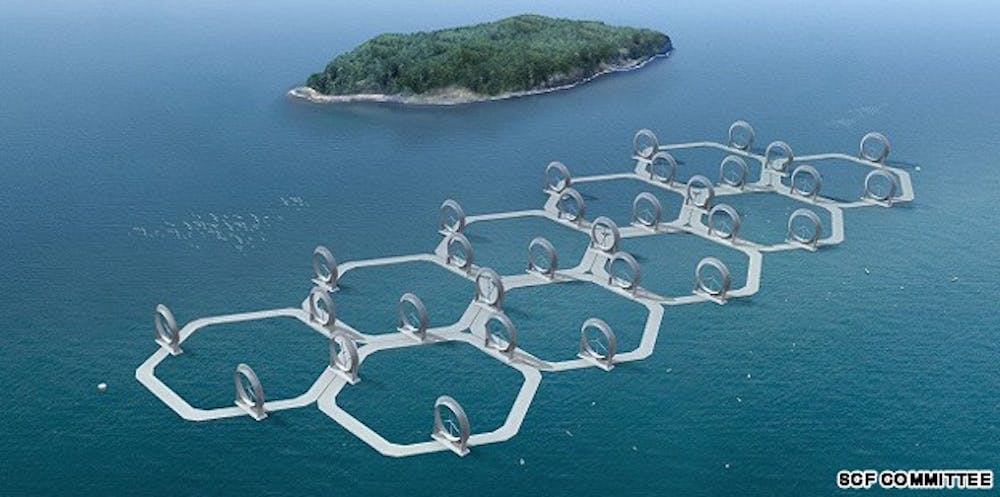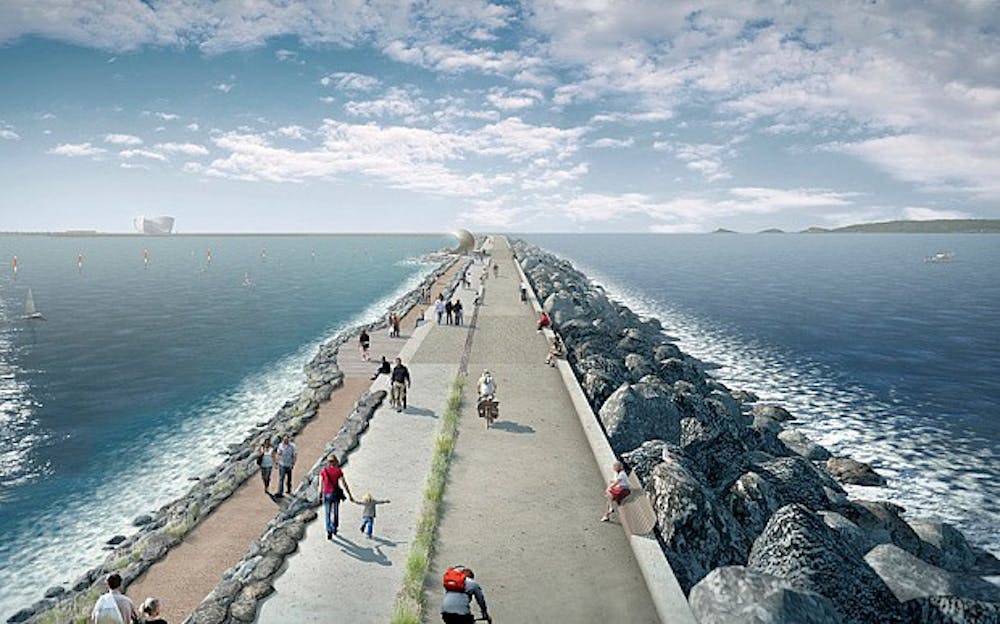By Katelyn S. Irons | Echo

The future of energy is taking shape. From countries burning garbage to others offshoring solar panels, there is a newfound emphasis on renewable energy options. But are any of these technologies viable replacements for current fossil fuel-based ones?
Today, 39 percent of the U.S.'s energy comes from coal, 27 percent from natural gas and 19 percent from nuclear power, according to the U.S. Energy Information Administration (EIA). Petroleum, hydropower and other renewables, such as wind, make up the remaining 15 percent. The EIA estimates that about 21 percent of the world's electricity was generated from renewable energy in 2011. That amount is projected to increase to 25 percent by 2040.
Here's a look at some of the new and unique alternative energy sources countries are using to begin replacing fossil-fuel energy sources:
Burning garbage
Sweden burns its garbage, with less than 1 percent of all household trash going to a landfill, reported the Huffington Post. Burning this waste heats water-producing steam to spin generator turbines that produce electricity for close to a million homes. Though pollution from garbage burning is comparable to that of fossil fuels, the environmental cost is offset because the method saves trash from going into landfills. A story in the journal of Environmental Science and Technology reported that more than 40 percent of the world's trash is burned in mostly open air. But Sweden's process is different because it is more regulated and incorporates low-emission processes.
Sweden's current problem with its garbage-derived energy process is the lack of trash it has at its disposal. Each year, Sweden imports 80,000 tons of garbage to keep its process working, according to Avfall Sverige (Swedish Waste Management). While burning garbage seems like a step towards a greener planet, it isn't yet a sustainable replacement for fossil fuel technology.
Floating farms
Typically electricity and water don't mix, but that hasn't stopped Brazil from building the largest floating solar farm in the world. These solar panels will float on the surface of a reservoir-shading the water to reduce evaporation while also collecting energy from the sun. These solar panels will have a capacity of 350 megawatts, an amount that will power over 50,000 homes, according to Popular Science.
Other new solar technologies being implemented include solar vortexes that capture heat from the sun and spin to create energy and heliostats (mirrors that track the sun and reflect the sunlight onto a central receiving point), like the one in Euler.
Location-based alternatives
Another promising form of sustainable energy lies in location-based alternative energies. These are technologies used to capture energy from naturally occurring resources, such as volcanoes and places with heavy rainfall.
Volcanic energy comes from heat generated underneath volcanoes, which can either be safely piped into homes to heat or captured to use as electricity.
Tidal energy can be manufactured or captured from naturally occurring lagoons. Artificial lagoons are created by using a dam or barrier to capture the energy from the flow of water between high and low tides, reported The Conversation, a publication of Lancaster University. Power is generated in turbines in the barrier.
Current artificial tidal lagoons in the south of Wales can generate up to 495 GWh per year, which is enough energy to power 155,000 homes.
There remain several obstacles that need to be overcome. The first is the high upfront costs of installing these lagoons. The costs of managing artificial tidal basins have proven to be high as well.
Such costs can be seen in tidal energy compounds like those seen at La Rance, France, and Cardiff Bay, U.K.
As The Conversation reported, there are also concerns over the ecological implications that are caused by tidal lagoons.
Many new possibilities are opening in the world of alternative energy, but none alone have the ability to replace fossil fuels. As technology continues to advance, it is possible a combination of some of these will one day solve the problems of the world's reliance on non-sustainable sources of energy.
Diego del Castillo Negrete, a senior research scientist in the Fusion Energy Division at the Oak Ridge National Laboratory, said to Discovery News, "We should not dismiss ideas; we should let people pursue ideas of unusual things."





